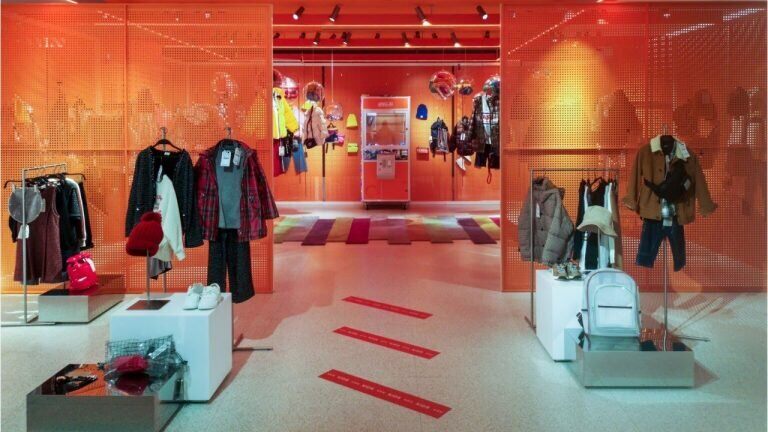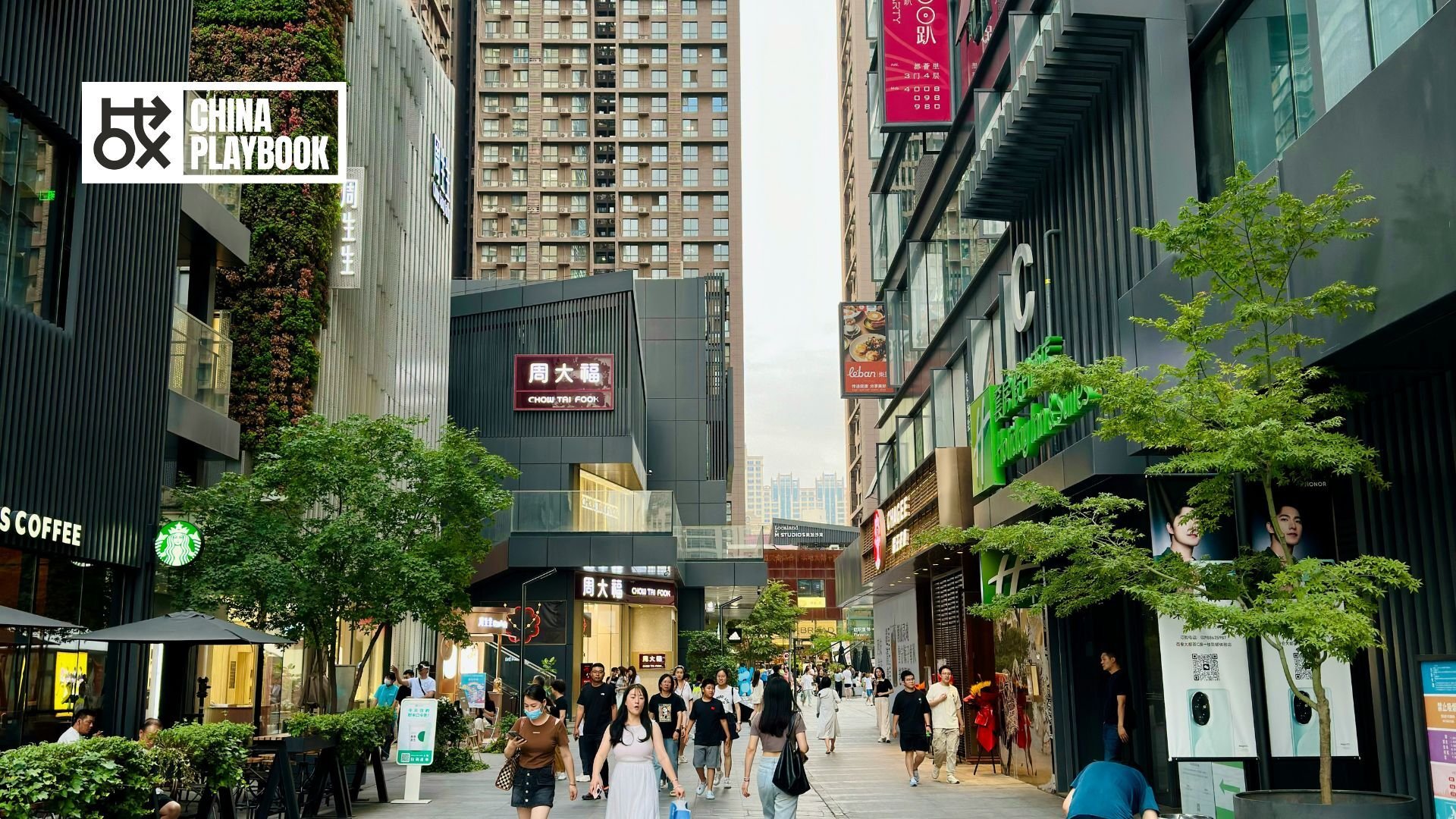From ambient projections to elaborate performances and live-action role-playing, historic-royal-palace-themed restaurants in China are redefining the dining experience.
These immersive environments not only offer excitement-driven customers a unique dining adventure but also generate organic marketing as clips of the experience circulate on social media. This strategy extends beyond the hospitality industry to luxury retailers as well. By creating immersive experiences, brands can attract visitors, foster a deeper understanding of their products, and gain valuable organic reach.
Ever wonder what it's like to eat like royalty? This ancient regional culture-themed restaurant, shown in the video above, takes you on a time-travelling experience. Similar experiences are also available in Beijing and Shanghai where restaurants transport diners back thousands of years by offering makeup and costumes (at an additional cost) to dress guests up as concubines or emperors. For a cost between 400 to 600 RMB (55-80 USD), traditional dances and operas accompany each delicate dish, served by female staff dressed as maids in an imperial palace.
The ambient projections, performances, and live-action role-playing create a memorable dining experience. Posts about these dining experiences have taken social media by storm, bringing these restaurants even more attention.
In the marketing world we call these immersive experiences. By offering consumers immersive experiences to understand and experience your products with the five senses, brands organically build emotional connections and psychological engagement with audiences. The memorable and shareable moments naturally prompt consumers to post their experiences on social media, driving traffic and organic interest.
Chinese consumers value offline experiences, especially for luxury goods. More than ever, in today's market luxury isn’t just about the products themselves but also the customer service and overall experience. While not every brand has the budget for large-scale experiential activations, we strongly encourage all brands to incorporate eye-catching offline touchpoints when entering or growing in China, which can be as simple as a two-day pop up in a key location.
Offline retail spaces are not only sales channels but also showrooms for brand concepts and identities. Brands should create environments that inspire consumers' imagination about an ideal life lived through the brand and continuously innovate, providing visual uniqueness that establishes a differentiated brand image.
Take Gentle Monster, for example. The brand reopened its Haus Nowhere flagship in Shanghai in March this year, offering an immersive retail experience combining art, fashion, and dessert culture.
As the largest store for the brand globally, it provides a visual feast with various installations and artworks, creating numerous opportunities for influencers and ordinary consumers alike to post on social media. Chinese KOLs and emerging KOCs even invest their own money to bring paid professional photographers to ensure high-quality images and elevated content.
Chinese aromatherapy brand To Summer观夏 is another excellent example of an offline immersive shopping experience. Founded in 2018, To Summer has opened 10 shops. Walking into each shop is like visiting an art exhibition.
Each shop is built around a unique concept and theme related to the base city and its culture, blending modern minimalism and Chinese aesthetics like pottery and gardens. For example, its Beijing flagship is set in the style of a historical residence siheyuan四合院, while the most recently opened shop in Shanghai, the second one in the city, is designed around the theme of a female writer’s study.
Apart from showcasing products featuring Eastern botanical scents like osmanthus, gardenia, orchid, honeysuckle, citrus, and bamboo, To Summer also creates spaces for workshops, exhibitions, and other activities.
With a reputation already built across social media, To Summer’s shops focus not on sales but on displaying and exploring the use scenarios of their aromatherapy products, inviting customers into a home celebrated by the brand. The store's interior decoration uses Chinese design and minimalist aesthetics to enhance its “modern Chinese” style and high-end image.
The benefits of immersive marketing extend beyond immediate sales but help build a lasting brand image and reputation, positioning the brand as innovative and consumer-focused. This is particularly important in a competitive market like China, where consumers are constantly seeking new and engaging experiences.
Consider designing unique in-store experiences, hosting interactive events, or creating visually stunning installations that resonate with the local culture and brand images. Understanding the nuances of Chinese consumer preferences is essential; they highly value experiential and tangible interactions with brands, especially in the luxury sector.
While some may view these experiences at outside budget constraints, the team at Hot Pot have found offline activity to deliver much higher rates of genuine engagement than equivalent spend on the troubled, less accountable digital media buy side.
To discuss bespoke China marketing strategies and commercial growth for your brand, contact the Hot Pot team: nihao@hotpotchina.com. Our expertise can help you navigate the complexities of the Chinese market and implement effective, immersive marketing strategies tailored to your brand’s needs.
Feature image via Dianping
Related blog posts







